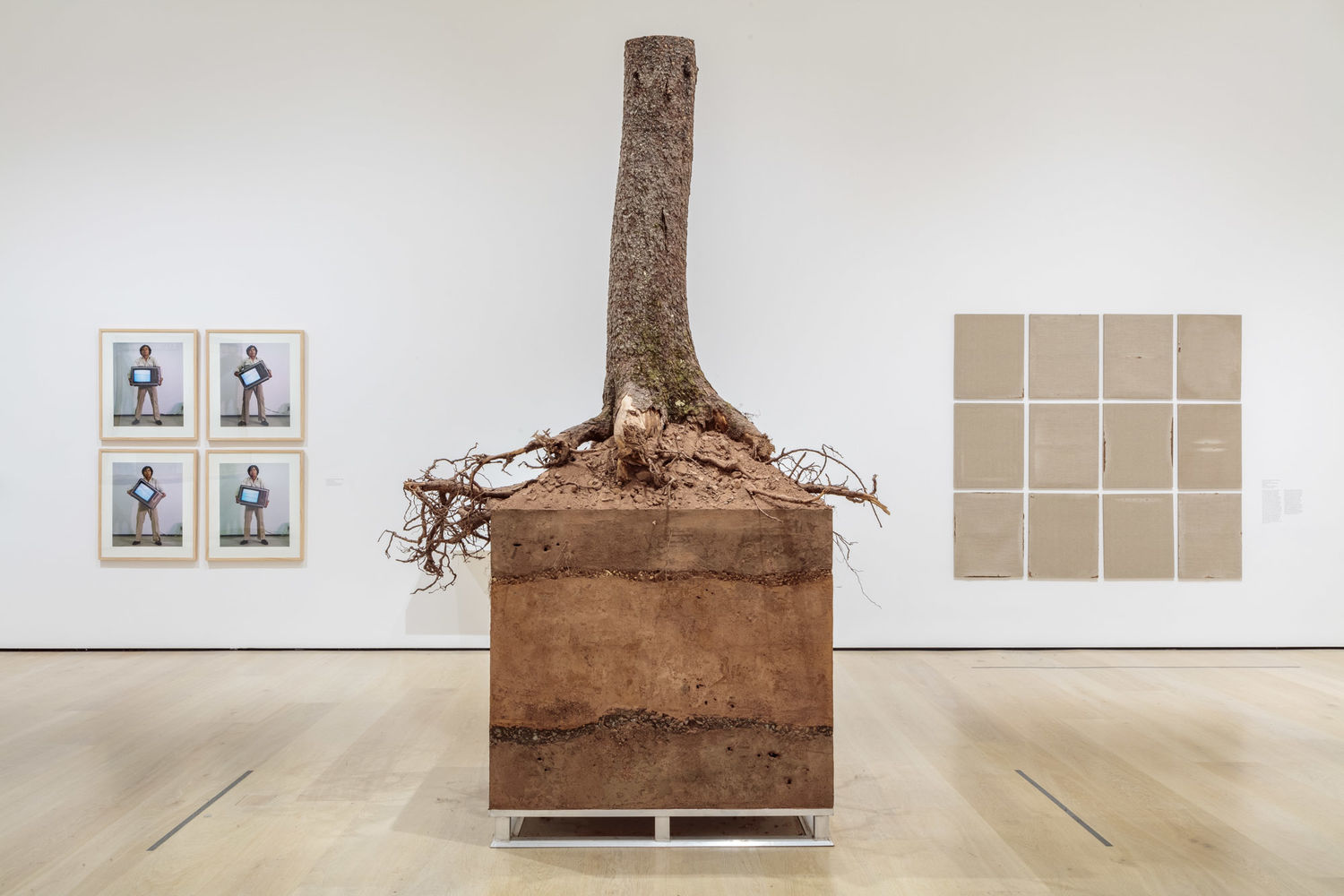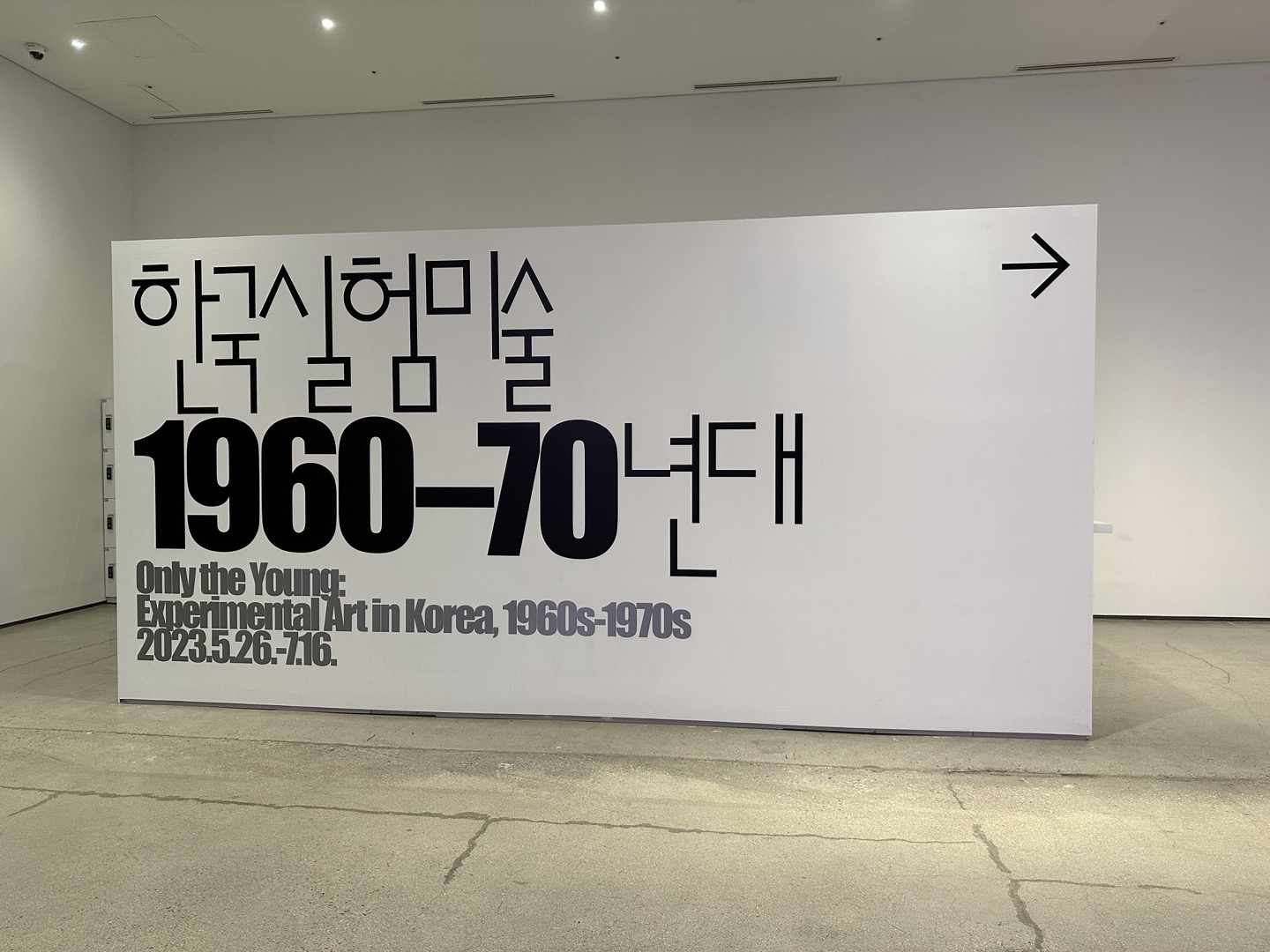 “Only the Young: Experimental Art in Korea 1960s-1970s” Installation view at the Hammer Museum in LA ©Hammer Museum. Photo: Joshua White
“Only the Young: Experimental Art in Korea 1960s-1970s” Installation view at the Hammer Museum in LA ©Hammer Museum. Photo: Joshua White“Only the Young: Experimental Art in Korea 1960s-1970s,” an exhibition co-organized by the National Museum of Modern and Contemporary Art, Korea (MMCA) and the Solomon R. Guggenheim Museum in New York, travels to the Hammer Museum in Los Angeles from February 11 to May 12, 2024, after exhibitions in Seoul and New York.
The exhibition, “Only the Young: Experimental Art in Korea 1960s-1970s,” was held at the MMCA in Seoul, last year and received a great response, with more than 250,000 people visiting the exhibition for about four months at the Guggenheim Museum in New York City, and is now traveling to the Hammer Museum in Los Angeles, continuing the interest in Korean experimental art.
In the 1960s, internationally, the period in question was a turning point in awareness, amid factors that included the revolutions of 1968, the anti-war movement for peace, the emergence of feminism, and issues related to the Third World. South Korea was confronting the rapid social transformations associated with accelerated modernization and industrialization, which were meant to rebuild the country in the wake of the Korean War. The exhibition emphasizes how young Korean artists during this period embraced Western languages as alternative languages and renewed the face of Korean art through various experiments. It also noted that they rebelled against the conservative formalism of the older generation and reflected the dynamic social phenomena by going beyond the realm of painting and sculpture and embracing various media such as three-dimensional art, happenings, events, and films under the name of avant-garde ‘experimental art’, and that they joined the international trends such as the Paris Biennale and finally expanded their practice as part of the global art world.
With the same scale and content as the Seoul and New York exhibitions, approximately 80 works and 30 documents by 29 artists, including Kim Kulim, Sung Neungkyung, Lee Kang-So, Lee Kun-Yong, and Lee Seung-taek, are showcased at the Hammer Museum. In particular, the Hammer Museum planned a various program of collaborative activities during the exhibition to help visitors understand Korean contemporary art.
 “Only the Young: Experimental Art in Korea 1960s-1970s” Installation view at the Hammer Museum in LA ©Hammer Museum. Photo: Joshua White
“Only the Young: Experimental Art in Korea 1960s-1970s” Installation view at the Hammer Museum in LA ©Hammer Museum. Photo: Joshua WhiteIn order to introduce Korean contemporary art, which may be unfamiliar to local audiences, the museum runs a program to visit exhibitions with LA-based Korean artists. There will be four ‘Artist-led Walkthrough’ programs with Gala Porras-Kim, Yong Soon Min, Kyungmi Shin, and Kang Seung Lee. The first program was held on February 27 with Gala Porras-Kim. And The programs will take place on March 20 with Kyungmi Shin, April 9 with Yong Soon Min, May 8 with Kang Seung Lee. ‘Lunchtime Art Talk’ programs will also be held during short lunch breaks to introduce the exhibition and participating artists. On March 13, the talk on Lee Seung-Taek will led by the Hammer Museum’s curatorial assistant Nika Chilewich; on March 20, The talk on Kim Kulim will led by PST Project Management Fellow Jennifer Buonocore-Nedrelow; and on April 10, The talk on Park Hyunki will led by curator Pablo José Ramírez. Both programs are available on a first-come, first-served basis at the door with no admission fee or reservations required.
The Hammer Museum is located in Westwood, Los Angeles, California, United States. It opened in 1990 as a private art museum founded by Armand Hammer, and after his death, it merged with the nearby university, UCLA, and opened as the UCLA Hammer Museum in 1994. Since the arrival of director Ann Philbin in 1999, the museum has established itself as one of the most innovative cradles of contemporary art in the western United States, with a collection, exhibitions, and programs.
Kim Sung-hee, director of MMCA, said, “This is a unique opportunity to continue to introduce Korean experimental art in the West as well as the East, in response to the global interest in Korean art. And we will continue to actively work to introduce Korean art to other parts of the world through various collaborations with overseas institutions.”






















